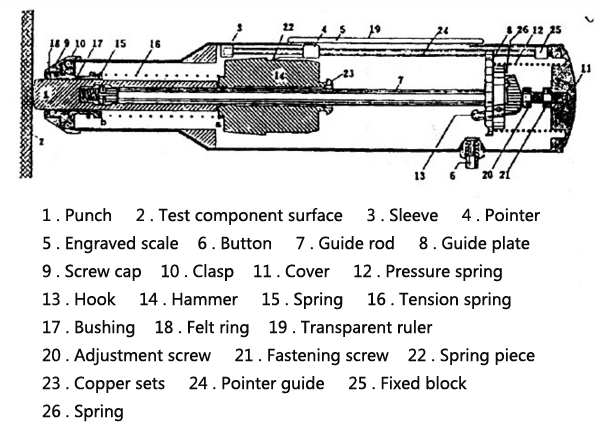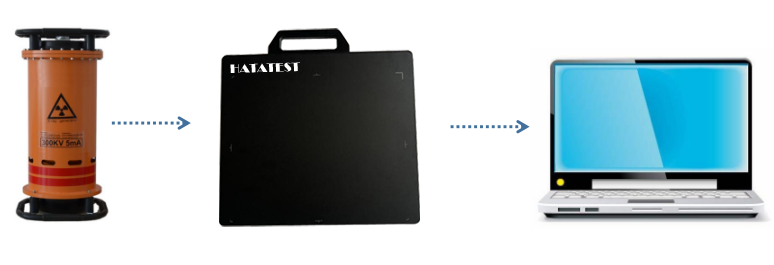The object of structural non-destructive detection and identification is the established engineering structure.
For new structures, the purpose of non-destructive testing and identification includes verifying project quality, handling engineering quality incidents, and evaluating new structures, new materials, and applications for new processes.
For the service structure, structural reliability assessment is usually used to cover the non-destructive detection and identification. The purpose is to evaluate the safety and reliability of the existing structure, and provide the basis for the structural repair and reinforcement treatment.
Issues usually addressed by firmness tests:
Verify the quality of structures, components or structural components;
Determine the carrying capacity of the built structure;
Verify the safety of the structural design;
The structural construction process is identified by tests;
Handling engineering accidents and providing technical basis through test identification;
Inferring and estimating the remaining life of the structure;
Provide data for reinforcement, alteration, and new construction.
Non-destructive testing of concrete structures
(1) Concrete strength testing
Rebound method---rebound method
The rebound value of the hammer is measured by a rebounder, and the strength of the concrete is estimated by the relationship between the rebound value and the hardness (strength) of the concrete surface.
Hammer principle


According to the test principle of the rebound hammer, the following points should be noted when using:
The rebound value is directly related to the surface hardness of the concrete, and the factors affecting the surface hardness of the concrete also have a direct impact on the rebound value.
The rebound hammer relies on the rebound distance of the hammer to measure the strength of the concrete. The angle between the rebounder and the horizontal direction will affect the rebound value.
Concrete consists of coarse aggregate, fine aggregate and cement. The hardness of the surface is unevenly distributed. Some parts have high rebound value, while some parts have low rebound value.
When using a hammer to test the strength of concrete, pay attention to its limitations.
To use the rebound method to detect the strength of concrete, the relationship between the rebound value and the concrete strength must be known in advance. This relationship is called the rebound method strength curve.
-
 Sales@hata-ndt.com
Sales@hata-ndt.com -
 +86 371 63217179
+86 371 63217179










